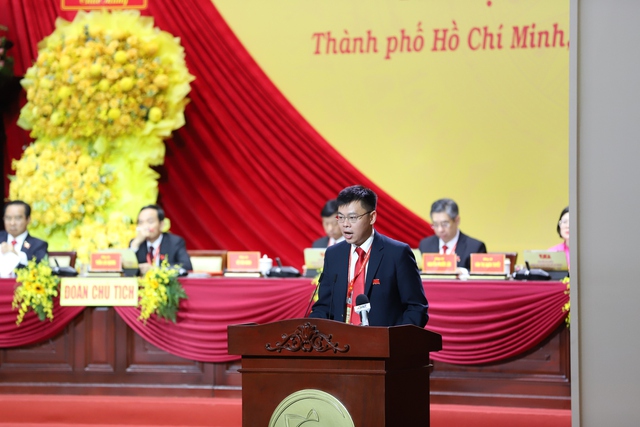
On the morning of October 15, the 1st Ho Chi Minh City Party Congress, term 2025-2030, entered its closing session.
Presenting a paper on the topic of double-digit growth of Ho Chi Minh City in the period of 2025-2030, Dr. Truong Minh Huy Vu, Director of the Ho Chi Minh City Institute for Development Studies, emphasized that this is a key political task, assigned by the Central Government and identified in the Congress Document, with a target of 10-11%.
According to Mr. Vu, looking back at the development history of countries and large cities in the world , there are many successful lessons but also many failures. Many cases did not achieve their goals due to lack of determination and enough effort.
However, experience has also shown that growth cannot be achieved at all costs, but must go hand in hand with macroeconomic stability. Lessons from the past decade show that rapid growth can easily lead to inflation, instability and social polarization. Therefore, sustainable growth must be associated with stability, narrowing the gap between rich and poor and ensuring a harmonious social environment.
In terms of economics, according to the Director of the Institute for City Development Studies, in the short term, to achieve a growth rate of 8.5-10%, Ho Chi Minh City needs to expand the scale of social investment capital. In the medium term, the City must mobilize about 3 million billion VND from many sources of public, private and consumer investment. In the medium and long term, it is necessary to focus on stimulating total supply, creating a favorable business environment, encouraging start-ups, innovation, and application of science and technology. This is also the spirit that the Central Resolutions have determined, in line with the development direction of Ho Chi Minh City's expansion.
Mr. Vu acknowledged that the City currently has many advantages: Merging three localities to form a national growth pole; large population, high education level; developed seaport, industry and services.
However, the reports also pointed out limitations in infrastructure connectivity and unclear industry roles. In the context of a polarized and uncertain world, with a large economic openness, Ho Chi Minh City is easily affected by external fluctuations, so it needs to be carefully prepared to respond.
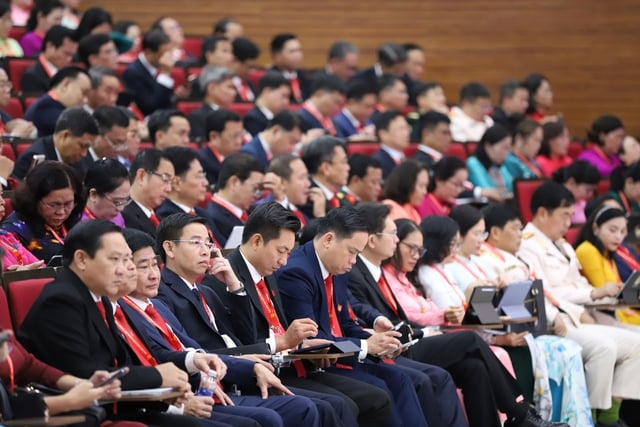
To achieve the growth target, Mr. Vu said that the City needs to focus on five key groups of solutions.
Regarding institutions, the Director of the Institute for City Development Studies said that it is necessary to improve the institutional capacity of Ho Chi Minh City, this must be the focus of this term. From the practical experience of Resolution 54, Resolution 98 on specific mechanisms and policies for the development of Ho Chi Minh City and Resolution 188 on urban railway development, Ho Chi Minh City needs to proactively identify goals, build arguments and convincing scientific basis to make recommendations and stick to the Central Government. The contents identified in the Congress documents need to be concretized and implemented soon.
Regarding the transformation of the economic model, based on the industrial - commercial - service foundation, Ho Chi Minh City needs to associate development with new trends such as green economy, digital economy; implement major projects on industrial relocation, development of modern industrial parks and high-tech parks. Although agriculture accounts for a small proportion, it plays an important role in social security, environment and balanced development.
Regarding strategic infrastructure development, following major projects such as Ring Road 3, Ring Road 4 and expressways, Mr. Vu emphasized that Ho Chi Minh City needs to focus on developing connecting infrastructure, especially freight and passenger railways between production areas. At the same time, promote investment in technical infrastructure and digital infrastructure, the foundation for digital transformation and international financial center.
Regarding resource mobilization, in the context of limited budget, it is necessary to promote socialization and attract private investment. With the target of high growth, total social investment capital must reach about 30-40%. Mobilizing diverse resources in the fields of transportation, health, education, and environment will determine the success of works and projects in the next 5 years.
Regarding human resource development, Mr. Vu said that after expanding its boundaries, Ho Chi Minh City has more than 70 universities, a great advantage for forming training, innovation and startup centers. These are not only human resource training facilities, but also economic resources, centers for innovation, startups and knowledge services, which can create new businesses in the future.
Source: https://ttbc-hcm.gov.vn/5-nhom-giai-phap-de-tphcm-thuc-hien-muc-tieu-tang-truong-2-con-so-1019776.html


![[Photo] The 18th Hanoi Party Congress held a preparatory session.](https://vphoto.vietnam.vn/thumb/1200x675/vietnam/resource/IMAGE/2025/10/15/1760521600666_ndo_br_img-0801-jpg.webp)


![[Photo] Conference of the Government Party Committee Standing Committee and the National Assembly Party Committee Standing Committee on the 10th Session, 15th National Assembly](https://vphoto.vietnam.vn/thumb/1200x675/vietnam/resource/IMAGE/2025/10/15/1760543205375_dsc-7128-jpg.webp)
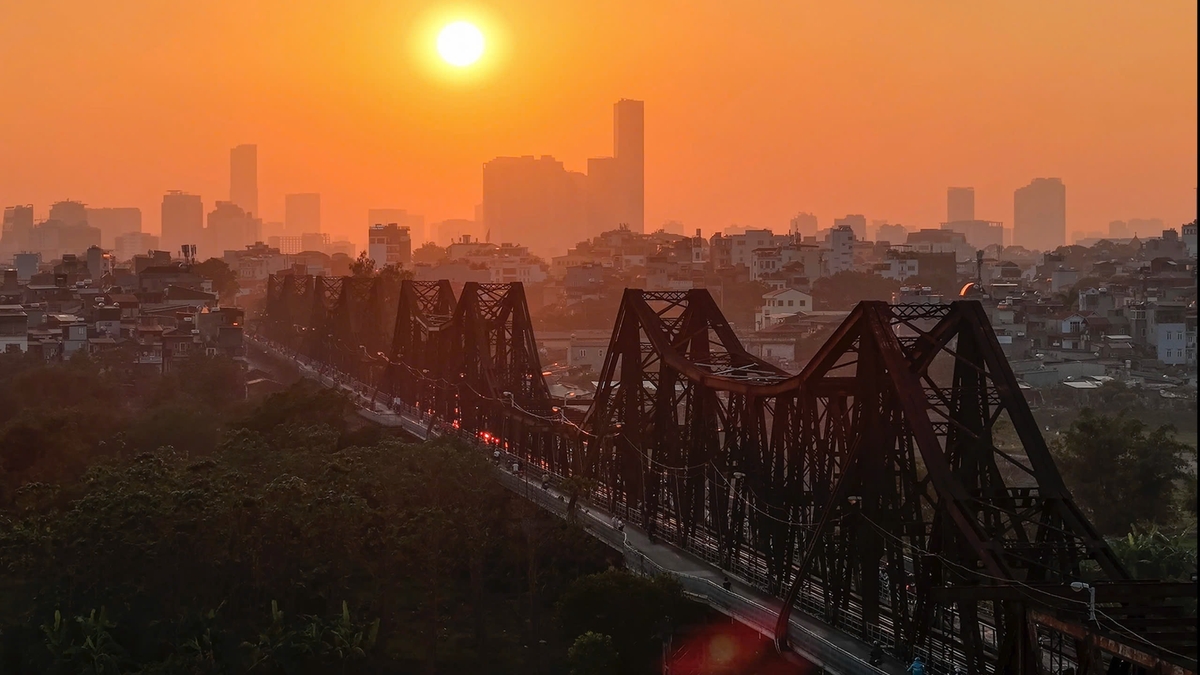
![[Photo] Many dykes in Bac Ninh were eroded after the circulation of storm No. 11](https://vphoto.vietnam.vn/thumb/1200x675/vietnam/resource/IMAGE/2025/10/15/1760537802647_1-7384-jpg.webp)


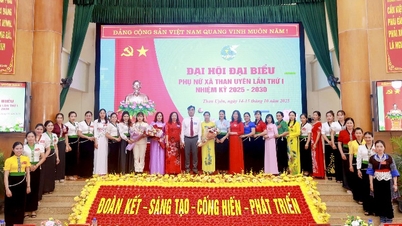

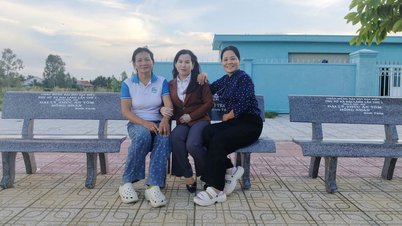

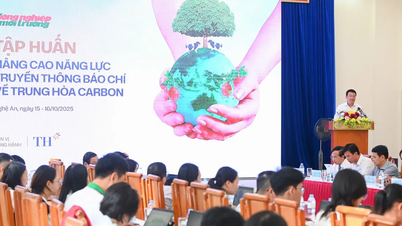
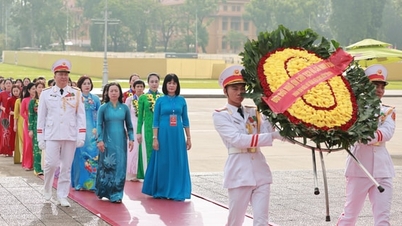

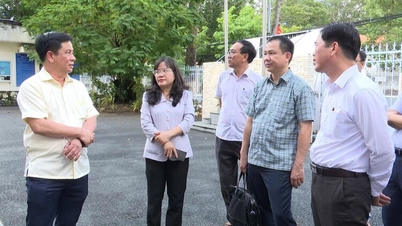





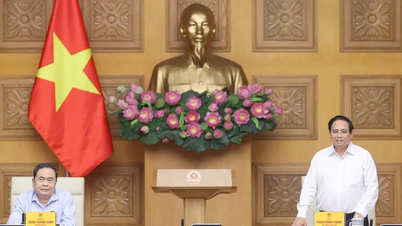
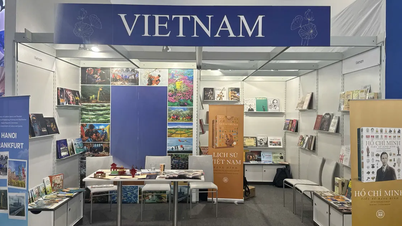

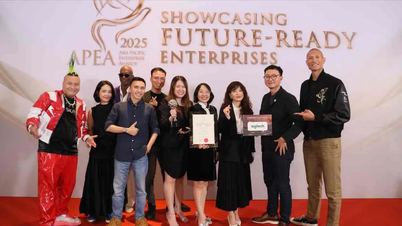



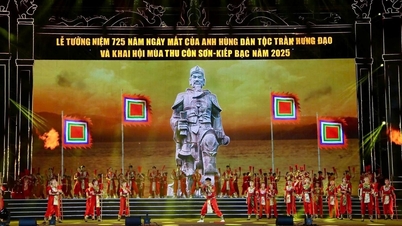

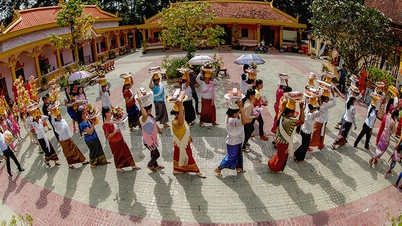

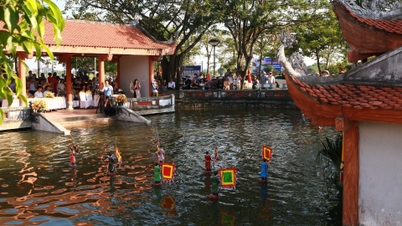








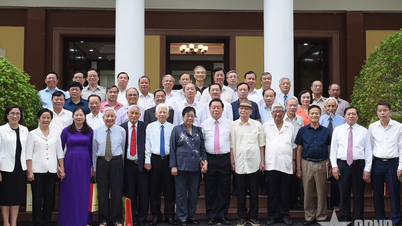




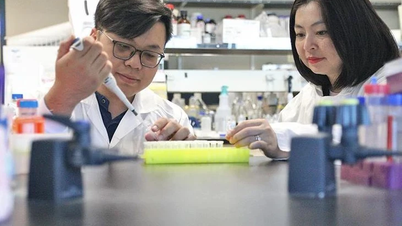

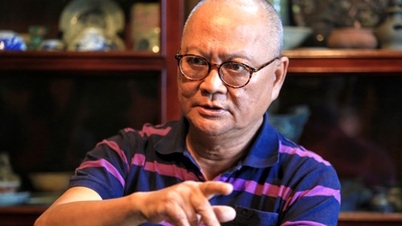
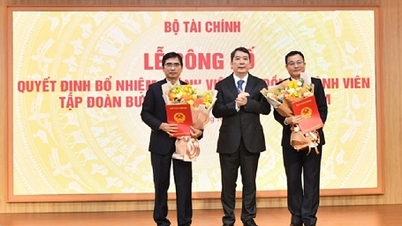
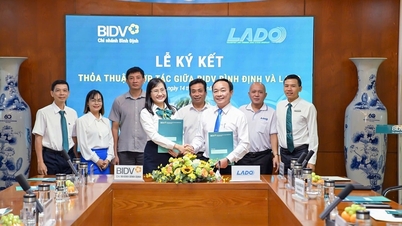



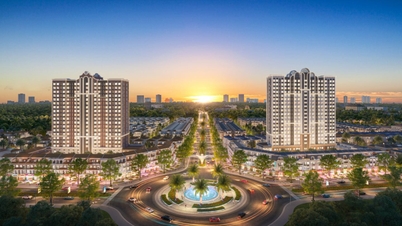







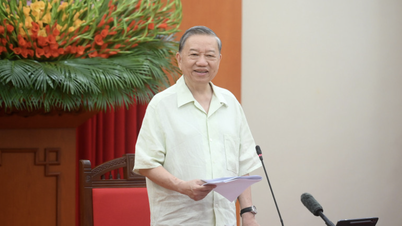


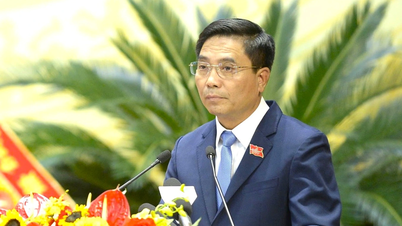
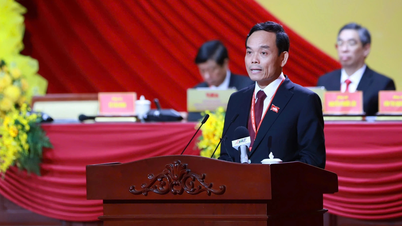
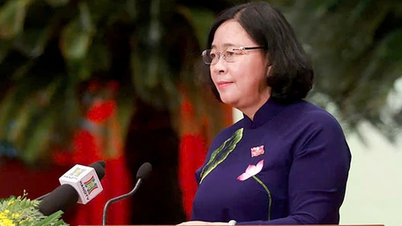

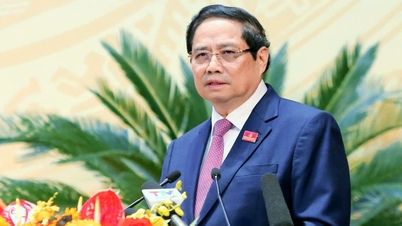
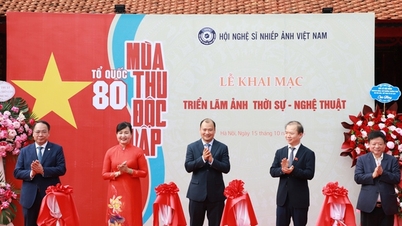

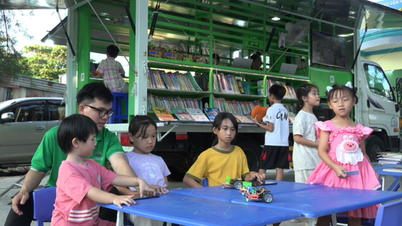
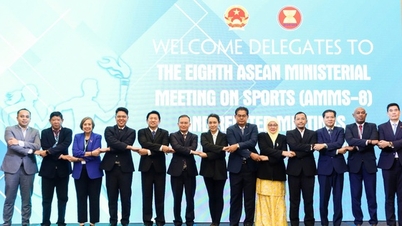
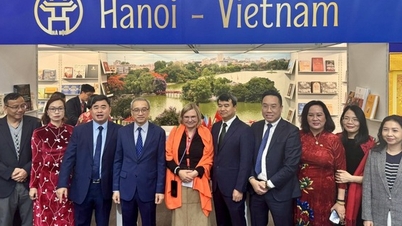
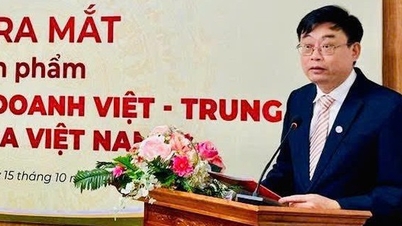

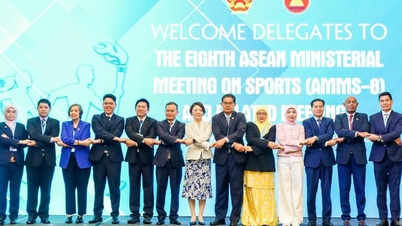
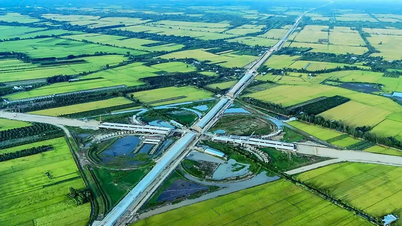




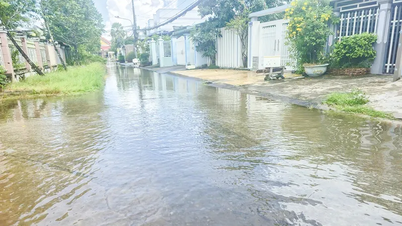


















Comment (0)